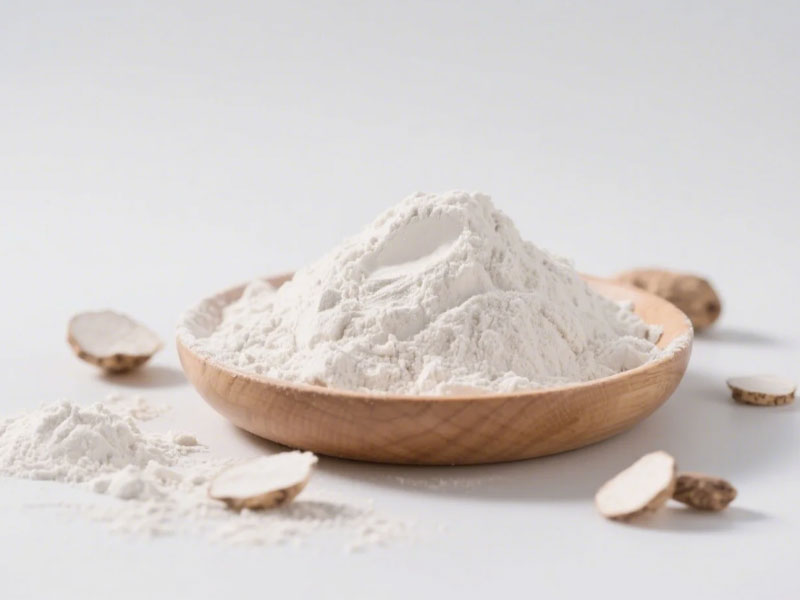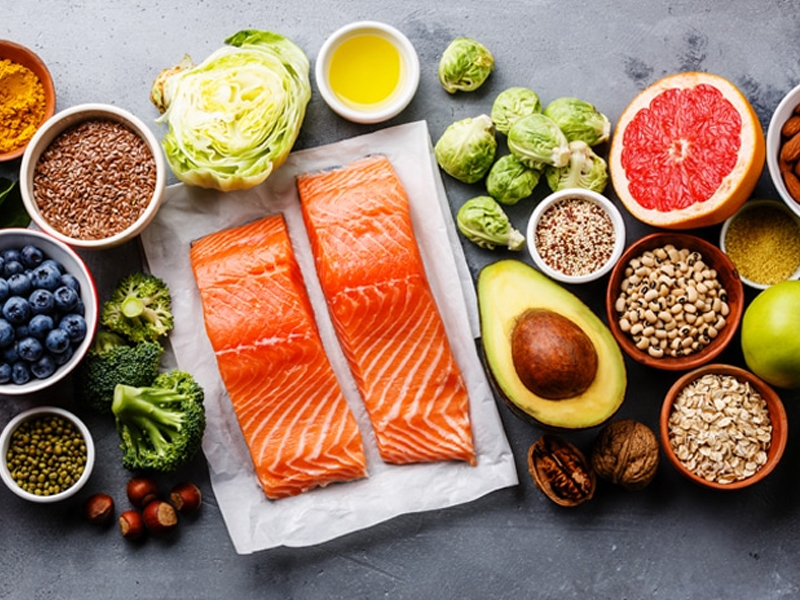Organic konjac flour isn’t just another gluten-free powder—it’s a translucent, odorless sorcerer that turns water into edible crystal. Born from the corms of the Amorphophallus konjac plant (fondly called “devil’s tongue”), this zero-calorie alchemist thrives in volcanic soils across Japan and China. Below, we crack open its molecular magic and why organic certification elevates its nutritional sorcery.
The Core Anatomy: Konjac’s Underground Treasure
Konjac flour’s power lies inside its potato-like corms:
✅ Glucomannan (97% pure fiber) → A soluble fiber absorbing 50x its weight in water
✅ Calcium Oxalate Microcrystals → Removed during purification
✅ Traces of starch/protein → Nearly eliminated in premium grades
Unlike wheat flour:
- Zero digestible carbs
- Forms thermo-reversible gels
- Requires no binding agents
From Toxic Tuber to Edible Elixir: The Organic Transformation
| Processing Step | Conventional Method | Organic Method |
|---|---|---|
| Harvesting | Grown with synthetic fertilizers | Wild-foraged or shade-grown |
| Deoxalation | Bleached with sulfites | Fermented for 3+ months |
| Milling | High-heat rollers | Cold-milled below 100°F |
| Additives | Anti-caking agents (silica) | None (relies on precision drying) |
Why organic matters: Traditional konjac contains traces of calcium oxalate—an irritant causing “konjac itch.” Organic fermentation degrades it naturally.
Glucomannan’s Kitchen Science: Why Water is Its Dance Partner
When konjac flour meets liquid:
- Hydrates into a viscous gel in 3 mins
- Forms heat-stable bonds at 140°F+
- Solidifies into shirataki noodle texture when boiled
Revealing experiment:
- Mix ½ tsp organic konjac flour + 1 cup water → forms solid jelly
- Add baking soda → becomes bouncy “pork” alternative
- Blend with almond milk → creates fat-free pudding
4 Real-World Superpowers Unleashed
- Zero-Calorie Noodles → Hydrate gel, extrude strands, boil (absorbs sauces like flavor sponges)
- Plant-Based Seafood → Blend with seaweed powder → mimics scallop texture
- Ice Cream Stabilizer → 0.1% prevents freezer crystallization
- Vegan Egg Replacement → Whip 1 tsp + ¼ cup water = 1 egg (ideal for binding)
Professional secret: Chefs add trace xanthan gum to konjac-based gummies for stretch—organic versions need no extra additives.
Why Your Gut Loves Konjac’s Composition
Glucomannan’s molecular structure:
- Delays stomach emptying → curbs blood sugar spikes
- Feeds Bifidobacteria → SCFA production > inflammation reduction
- Binds cholesterol/bile acids → excreted unused
Dose Discipline: Start with ≤5g daily. Overconsumption without water causes blockages.
The Organic Edge: Purity You Can Taste
Non-organic konjac often carries:
⚠️ Residual sulfur dioxide (linked to asthma)
⚠️ GMO cross-contamination in fields
⚠️ Aluminum residue from processing trays
Certified organic konjac preserves:
- Native glucomannan’s **>1 million Da molecular weight** → higher viscosity
- Natural trace minerals (zinc, magnesium from volcanic soil)
- Delicate umami undertones (lost in bleached versions)
Beyond the Hype: Is Konjac Flour Sustainable?
The konjac plant:
- Grows without pesticides → repels insects naturally
- One corm yields 10kg flour → ultra-low land footprint
- Biodegradable packaging → dissolves in water
Carbon trick: Dried konjac blocks ship weightless—rehydrate locally.
The Final Grain of Truth
Organic konjac flour isn’t a flour at all—it’s nature’s purest hydrogel engineer. From its volcanic roots to your keto pasta bowl, this translucent transformer proves that sometimes, the most powerful ingredients aren’t grown… they’re awakened. Keep it cool, hydrate it wisely, and let chemistry sculpt your next culinary revolution.
Recommended Product
Organic Konjac Flour
Multi-Functional Ingredients for Gut Health, Weight Management & Clean-Label Innovation


